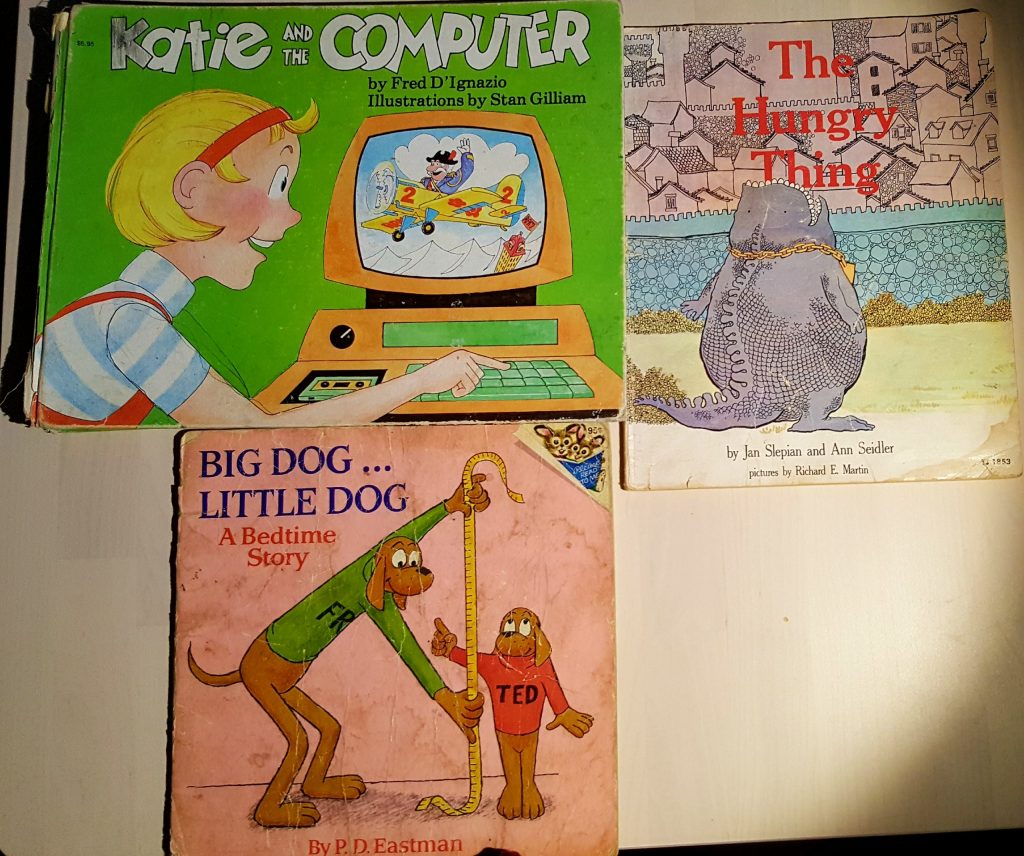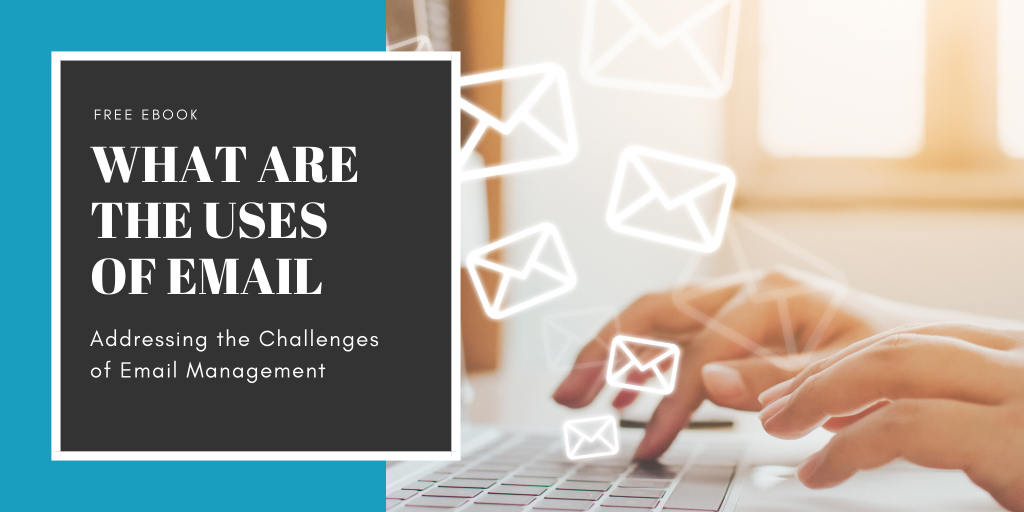When I unpacked my father’s Faulkner collection I couldn’t help but notice how enjoyable it was to touch the old books. Books that he had also held in his hands. Or maybe that he read in special places, or in special ways. I enjoy reading and eating, one scenario when an ereader has a distinct advantage over paper because it can be propped up or held with one hand. It’s also much easier to wipe off crumbs. Another favorite of mine is to read curled up in a comfy chair.
I mostly saw my father reading upright in a chair, often with a fat hardcover book spread across his lap. Or sometimes in bed before falling asleep. I also enjoy reading in bed, but usually when I first wake up. This is one of those times when I prefer paper or the flat screen of an ereader to any other type of screen.
Although I no longer remember, or think about it, I suspect I probably enjoy reading so much because it was something I did with my parents. A friend of my father’s once told me a story of how I “learned” to read. According to the friend, my father was about to read me a bedtime story. I grabbed the book from him and said, “I’ll read it, Daddy.” He was never sure if I was actually reading or retelling the story from memory, but he was pleased.
Sharing and reading books with people, especially babies and children, is a wonderfully rewarding experience. A benefit of sharing physical books with little ones is that the books are durable. Even if a book does get destroyed, the damage is limited to one item. If an ereader gets wrecked, the whole library is gone. This is one scenario when paper has an advantage over digital.
When I was cleaning out my childhood bedroom, I saved a few very beaten up children’s books. The ones with which I had the strongest attachments. When I could still hear my father’s funny voices and comments just by looking at the covers. Yet another advantage of paper books is that they can be owned and opened decades later without anything special, qualities that can’t be replicated so easily in the digital world. Most importantly, they can awaken fond memories, to be be relived or passed on to the next generation.


